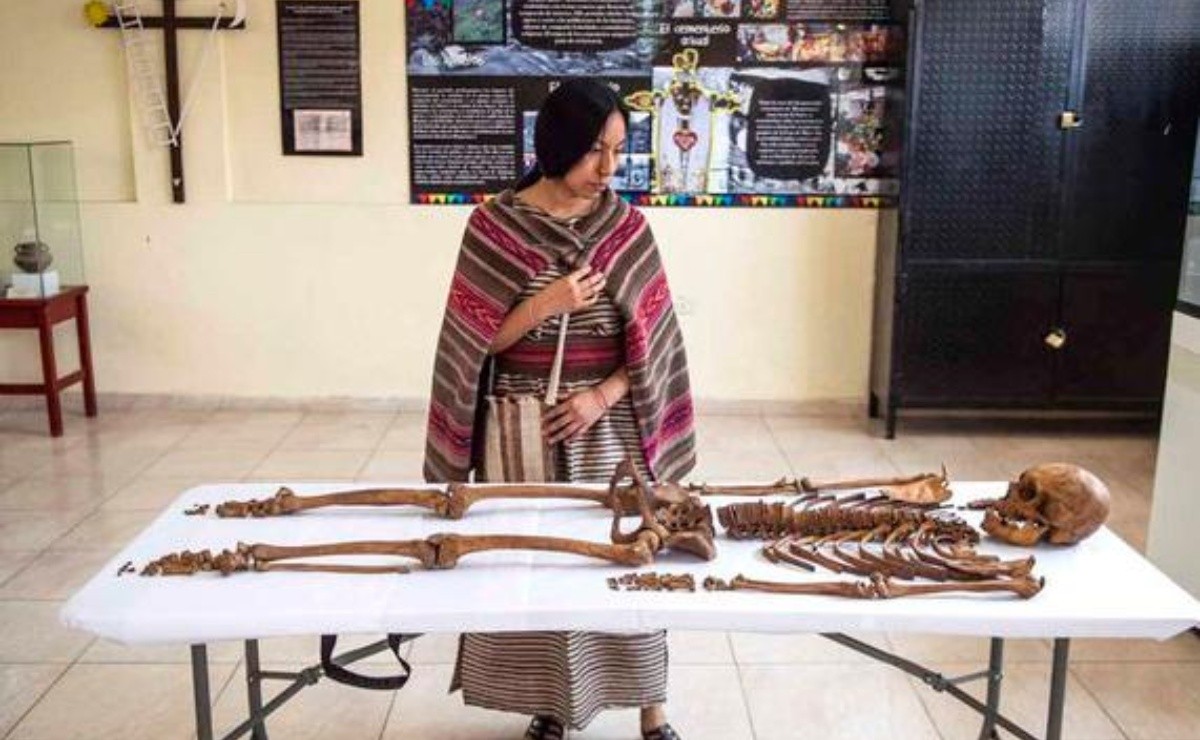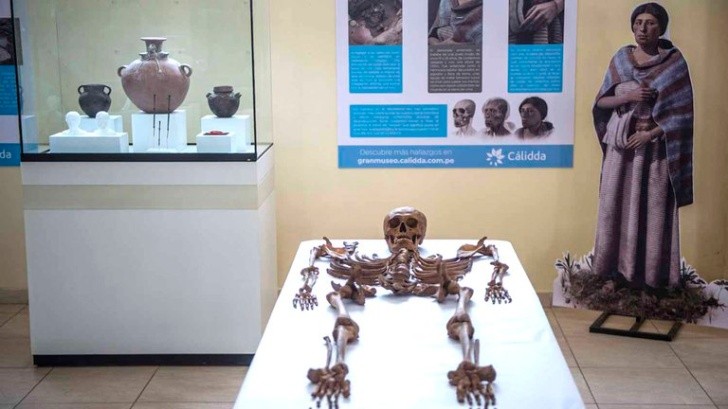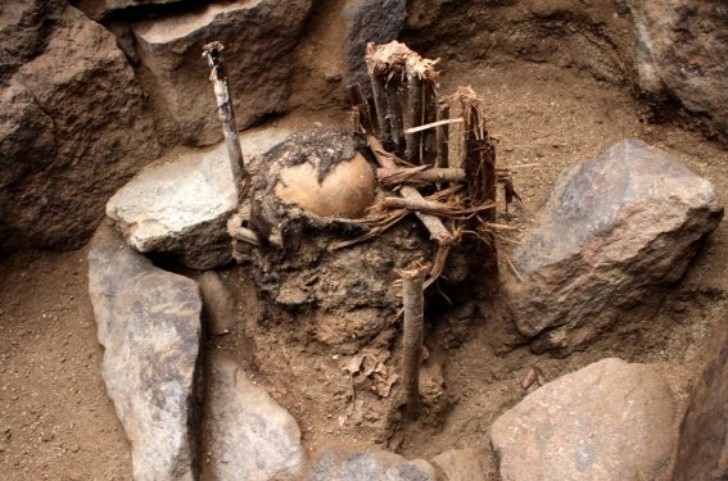
They point out that the woman whose remains were found to be 600 years old was a weaver and was approximately 20 years old.
A woman who lived 600 years ago in the days of the Inca empire, is now in the news whose remains were found by workers while installing gas pipes in a dusty Lima street, astonishing Peruvian archaeologists.
Wayaw (willow in Quechua), as archaeologists called her, was about 20 years old, 1.48 meters tall and apparently died of natural causes. She was a weaver, like thousands of humble Peruvian workers today, said archaeologist Cecilia Camargo, in charge of the excavation.
"It is an amazing discovery for us, it connected us directly with our past," he added, this is undoubtedly an event for history and the remains have been exposed after being analyzed by specialists.
It may interest you: Flor Silvestre had three husbands, fathers of her five children

Although the finding was made in 2018, it was only announced this week after completing the archaeological studies, which included the digital reconstruction of the face and which had been delayed by the coronavirus pandemic.
Wayaw was baptized as the ‘Lady of the Willow’ by the residents of San Juan de Lurigancho, the populous district in northeast Lima where she was found, and where thousands of precarious makeshift homes are piled up in the middle of desert hills.
This area is mainly inhabited by families from the Andean highlands, who arrived in Lima three decades ago fleeing from the Maoist guerrilla Shining Path.
The woman’s skull has a deformation, something typical of certain peoples of Ancient Peru, who placed tablets, cloths and ropes on the children’s heads as an identity trait.
"This character was an artisan, not an elite one, who dedicated herself to a work as noble as weaving, with techniques that are preserved to this day," said Camargo, the chief archaeologist of the Cálidda natural gas distribution company.
"She was like many women today who work in textiles in San Juan de Lurigancho," Camargo said.
Peruvian law requires companies that carry out excavations, such as Cálidda, to have the services of archaeologists, because pre-Columbian remains often appear in the subsoil of the Peruvian coast.
In Lima alone there are more than 400 archaeological sites, including dozens of huacas or ceremonial sites.
"El Sauce was a populated center that was dedicated to agriculture, goldsmithing and grazing [600 years ago]. It was a space of control of the Inca Empire," independent archaeologist Julio Abanto, who works in San Juan, told AFP. of Lurigancho.

The discovery of the remains "is quite exciting because it is one more piece that we return to the lost pages of our history. It is a pride to know that we live in a land that has a lot of history," he added.
The woman was in a fetal position and in her funeral bundle there were textiles and decorative objects, such as a silver brooch and bracelets with shellfish, something typical of the peoples of the Peruvian coast that were conquered by the Inca empire, which flourished in the fifteenth and sixteenth centuries.